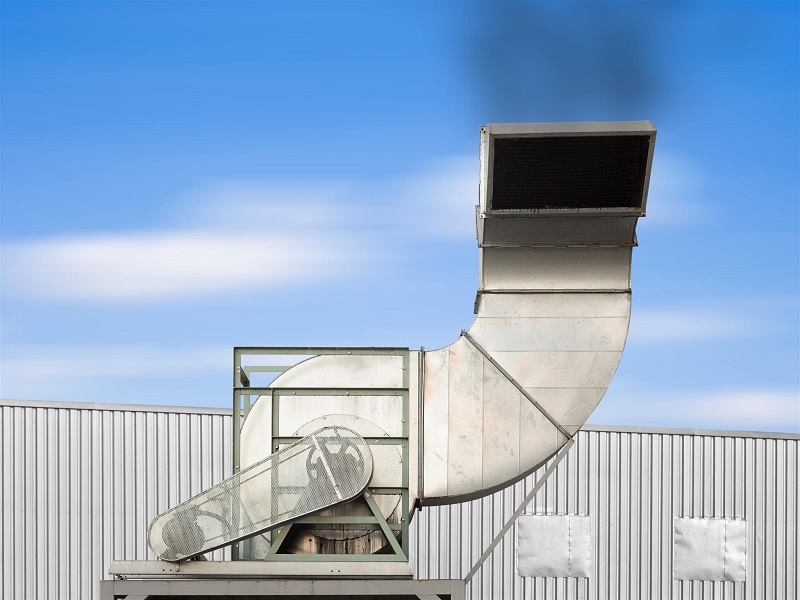Underfloor heating may be termed as a wet system that is used to pump warm water through pipes under the floor. Likewise it can be a specific dry process involving use of electric coils that are placed under the floor. The basic principle of ‘heat rising’ is used under this heating system.
Those thinking to install this special heating system in their buildings must consider the following upsides and downsides that are associated with it –
Advantages – Following are the special advantages of this system that make it so popular:
- No mess – This extraordinary system is quite different than the radiators that create lot of mess. Hidden under the floors, the relevant pipes do not present any shabby looks.
- Even distribution of heat – Those installing this process enabled by the prominent underfloor heating supplier enjoy even distribution of heat throughout their rooms. Moreover larger areas get heated with this system whereas radiators require excessive water to be heated at higher temperature. However, this particular system is able to work at lower temperatures.
- Best option for bathrooms – This system suits best for the bathrooms that are usually fitted with stone and tiles.
The persons that intend to install underfloor heating systems must consider their following downsides too –
- Costlier – This system involves heavy costs that often become a burden upon the users. The underfloor heating installation itself is costlier.
- Takes longer time for heating – This heating process involves use of lower temperature. As such it takes longer time to heat the rooms.
Types of this system – Usually following two types are made use of by the underfloor heating supplier–
- Electric underfloor heating – This system involves use of wires that are placed under the floor. Heating mats or individual wires can be used to cover every nook and corner of the room for which you make use of this system. Heating mats are quite cheaper. The wires are separated with a layer of insulation. They are suitable for different floors but must not be placed under the carpets as they are quite thicker. Fairly thinner, the electric wires are easy to install. Smaller areas can be heated up in easy manenrs.
- Water underfloor heating – This system involves a network of pipes that are linked to the boiler meant for pumping hot water around the rooms. Water heated up at lower temperatures is made use of under this system. It may be noted that this system also involves considerable installation costs. Pipes being thicker than the wires, this system require sufficient space in the floor or else the level of ground has to be raised a little bit. Water underfloor heating systems are more suitable for new buildings.
Those intending to install any type of underfloor system must approach the underfloor heating supplier that provides his or her valuable services with necessary guidelines. One must consider the relevant costs too before going ahead with the installation process. Quotes from different concerns may be asked in black and white.




